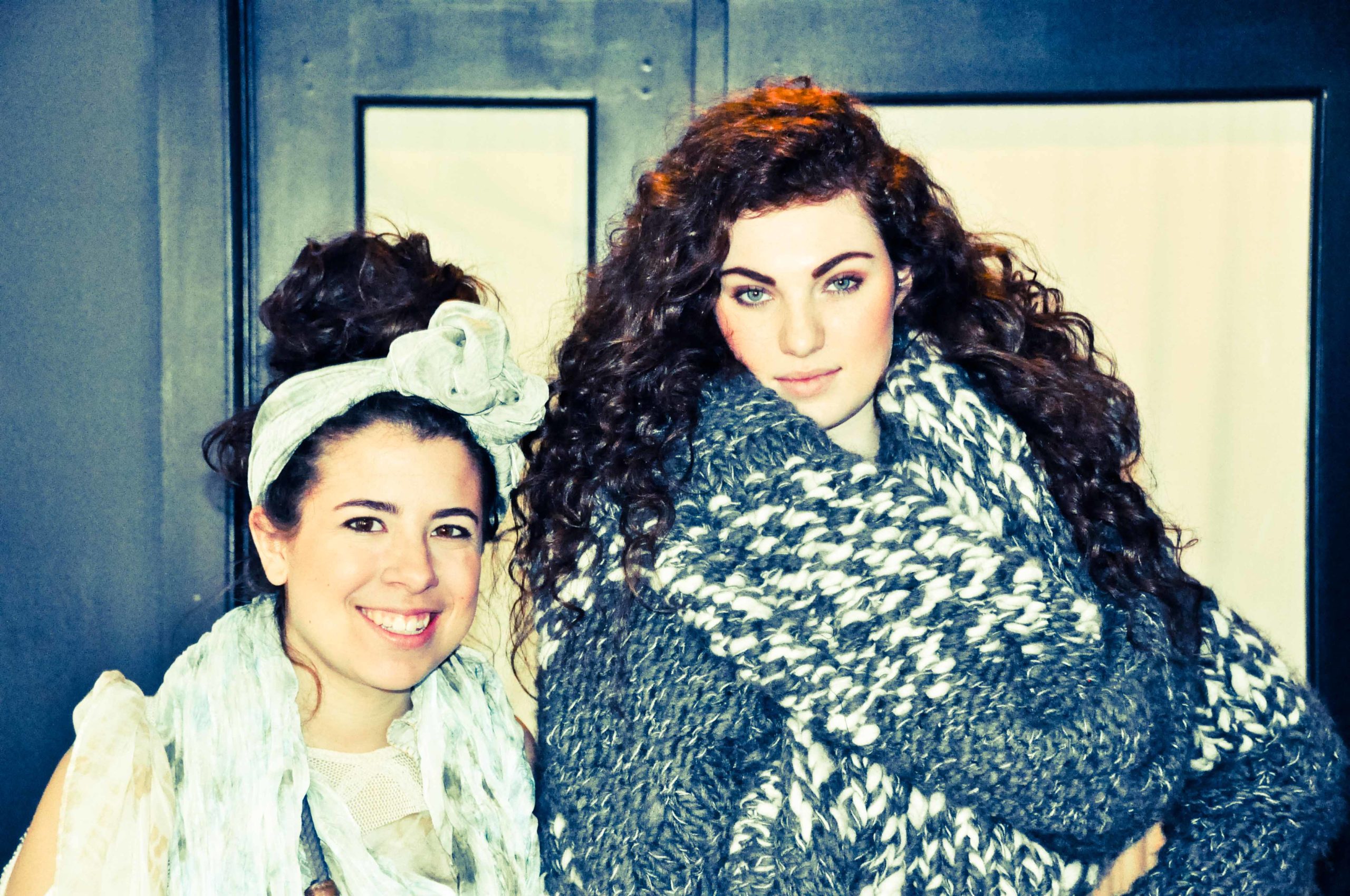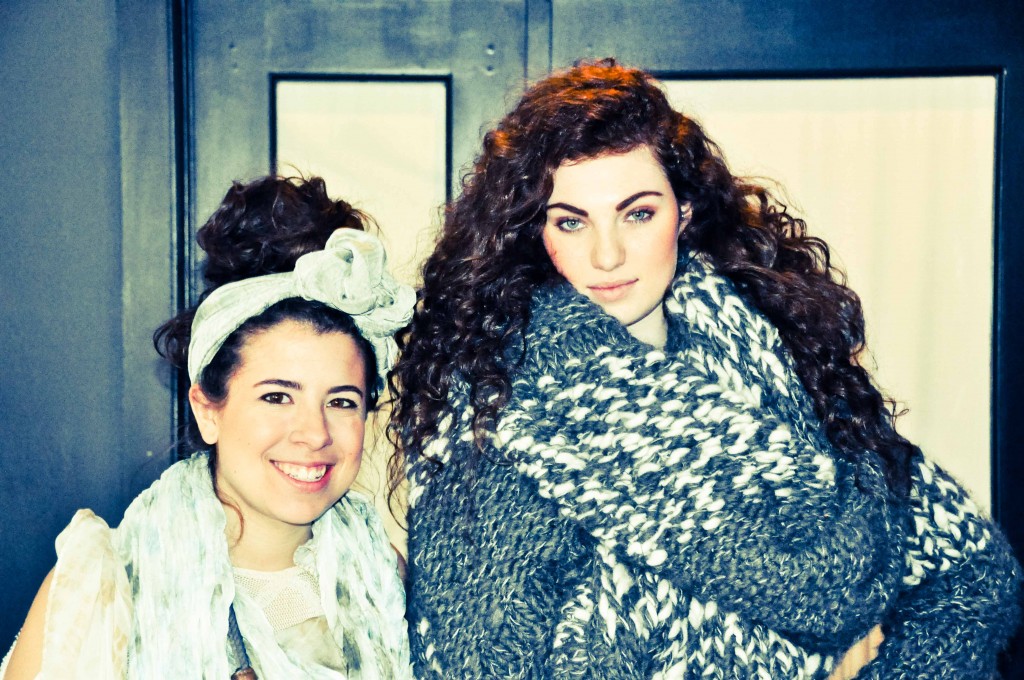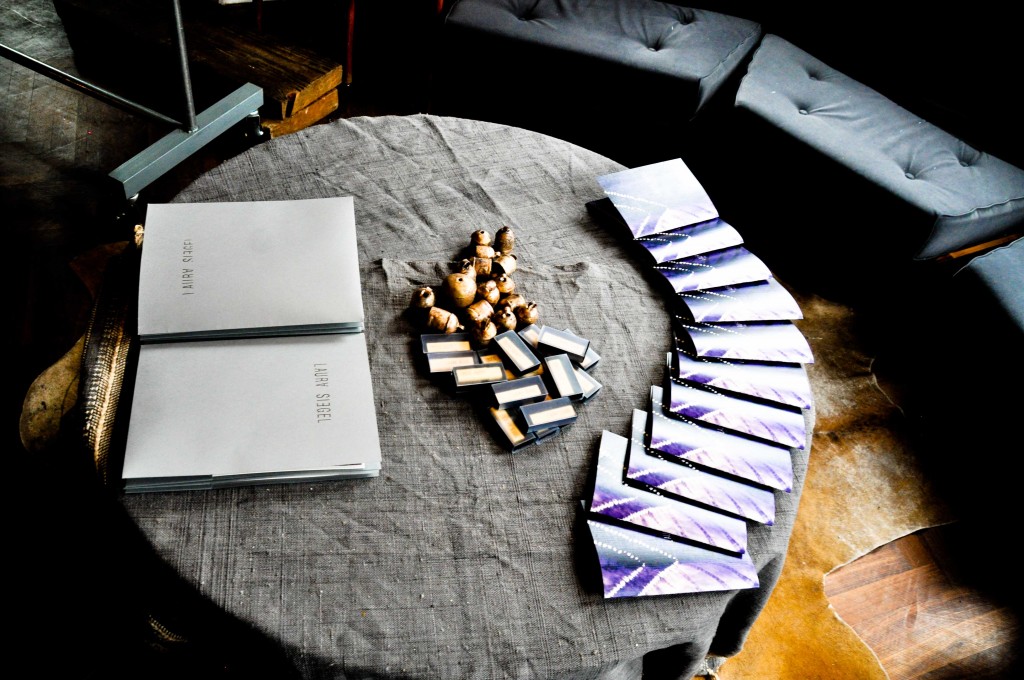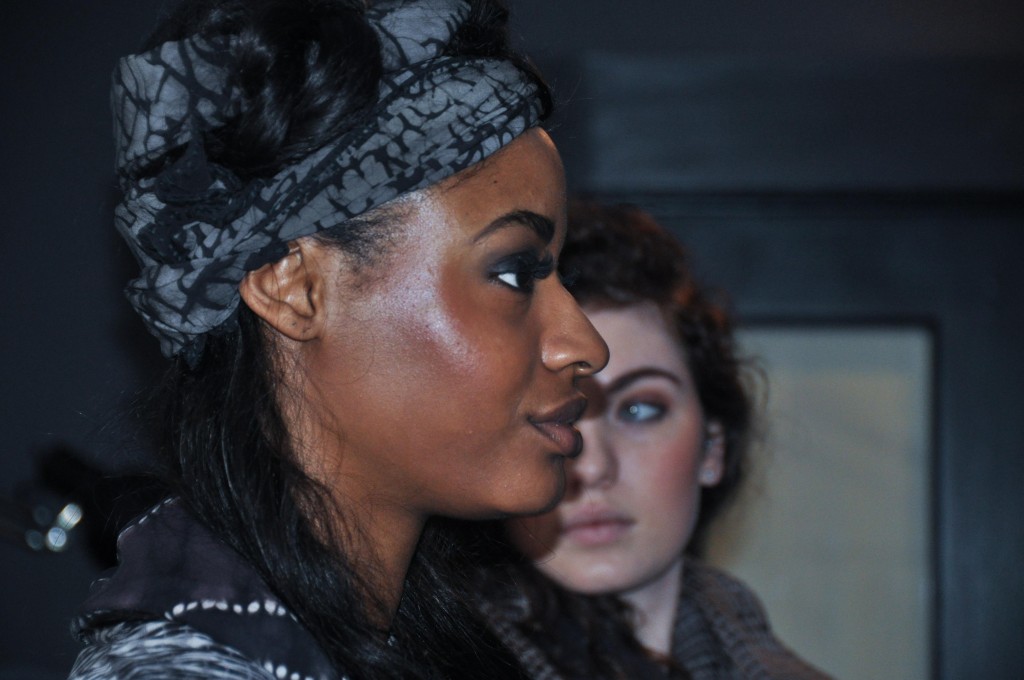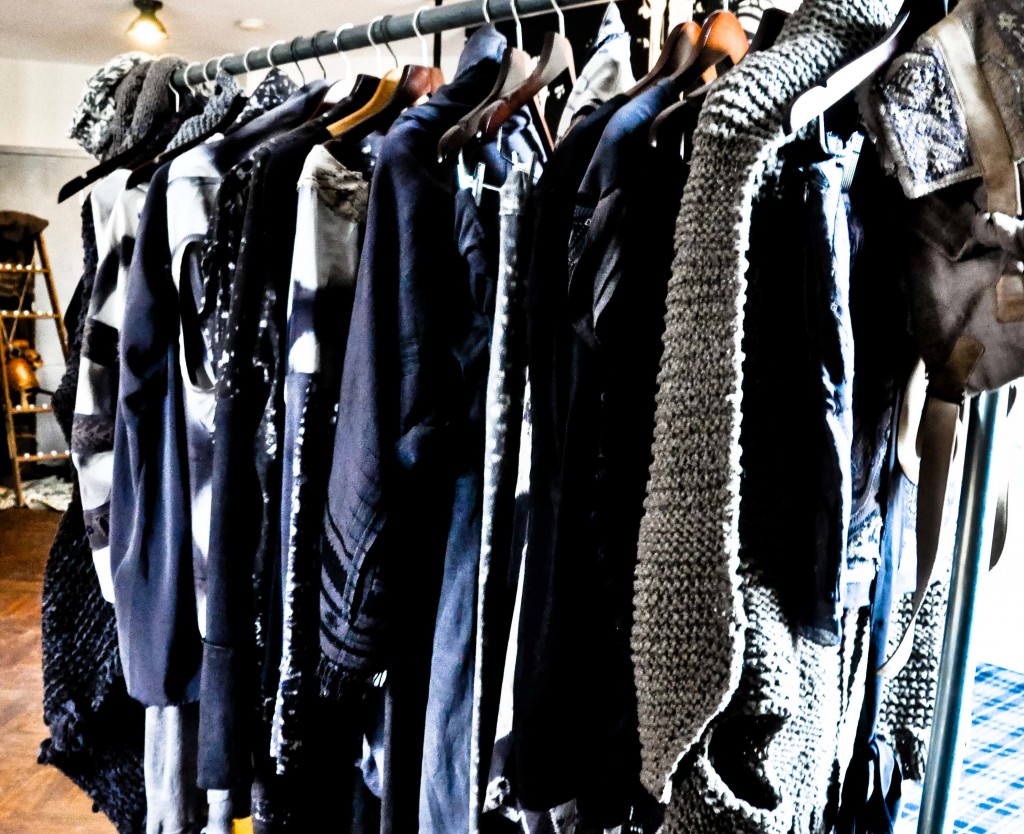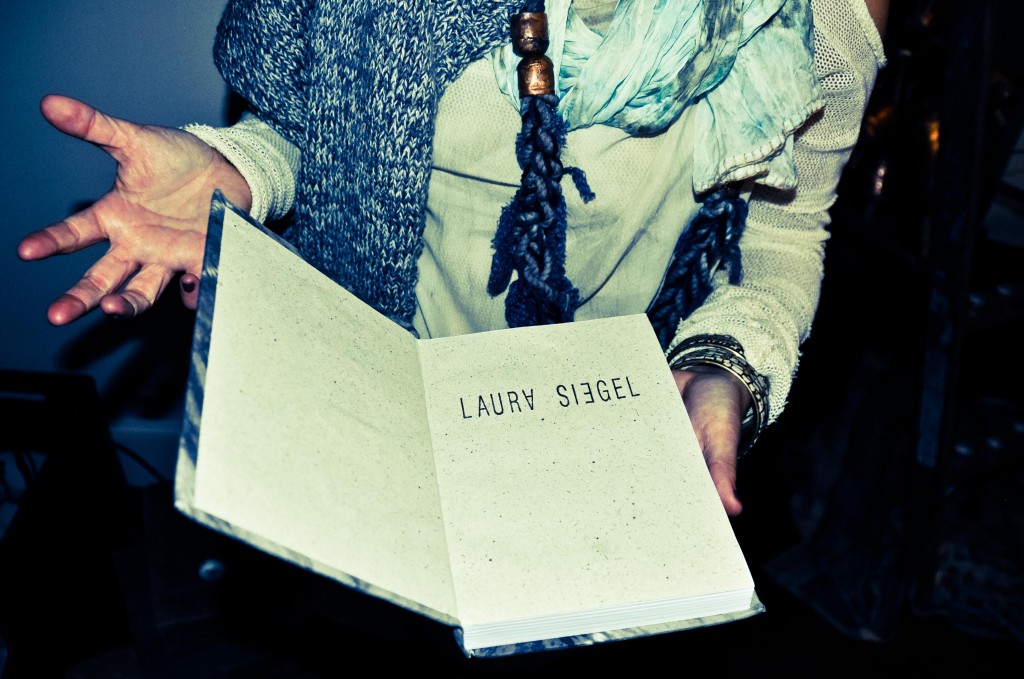For Laura Siegel, design is a story about the unrestrained, rugged beauty of nature and the indigenous people who inspire and help mold her effortless collections. The 24-year-old designer has been labeled by Vogue Italia as “one of Vogue Talent’s emerging designers,” which comes as no surprise given the accolades Siegel has accumulated since attending Parsons School of Design in New York City.
As a recipient of the Chase Scholarship, the Gap Inc. Design Award and the Rising Star Award at Vancouver Fashion Week 2010, one would assume Siegel is on her way to launching massive clothing lines. But that is exactly what Siegel does not want for her collections. An “inventive take on the traditional with an ethical consciousness” is the motto Siegel lived by while piecing the rich textures, elaborate design motifs, natural tie-dye techniques, and palette of contrasting shades of black, grays and deep purples together in her latest India-inspired “Dreams Resurrected” Fall/Winter collection.
Most designers will tell you that there must always be inspiration before a product can be created. Siegel found hers through the places and people she encountered on a yearlong journey around the world. It was through travel that the designer not only found her inspiration, but also met local artisans who would help her create some of the most beautiful, eco-chic pieces floating around the design world today.
While traveling in India, Siegel became fascinated with an embroidery technique used by the women of the nomadic Rebari tribe. Fifteen years ago, the technique, which had been used since the 13th century when the tribe first came to the Kutch region, was nearly banished from practice by tribe elders until the women found a loophole in the decree by simply adding an extra applique step to their embroidery method.
Siegel began working with the women of the Rebari tribe who now create many of the rich textured, elaborate motifs found in her collection. It is important to Siegel that this ancient craft stay alive for generations to come, so she travels frequently to meet with the women in their homes, communicating as best she can when no translators are available, to convey her visions for the collections and for the women themselves. She hopes that by employing the women of the Rebari tribe this rare technique will continue to thrive in an empowered community of women.
Another interesting aspect of Siegel’s collection is the use of Ajrakh, a form of natural-dye block printing. The designer began working with Ismail Khatri, a local artisan living in the Kutch region of India, whose family has been using this 7,000-year-old craft for ten generations. The community benefits tremendously from the cooperative, as they are still recuperating from a devastating earthquake that pummeled the region in 2001.
Many of the clothes in Siegel’s Dreams Resurrected collection are adorned with understated prints mirroring that of tribal symbols, cowbells (a symbol of status) and rocks, soil, and caves from the region’s natural landscapes. These patterns are brought to life through the dyers of Munnar, a city in the Indian region of Kerala. The laborious technique is done completely by hand using only natural dyes, which eliminates harsh chemicals from being released into the city’s delicate water systems. The dyers also teach their trade to physically challenged young adults, which brings a deep sense of dignity to what they do while allowing them to proudly support their families.
Siegel’s use of ancient craftsmanship in modern design is also apparent in her handcrafted Bolivian knits created with raw silks, bamboo and jersey by female artisans in Bolivia who are permitted to work from home, or in a safe workshop that allows them to bring their children each day. Siegel’s commitment to giving back to the community is apparent in her mission to empower local artisans, not just by providing social and financial support, but by actively including them in the design process.
“The process of working with the artisans really shapes the collections,” Siegel explains. “They created their own interpretation for this season’s themes. The result is a collection of the past dreams, future dreams and cultural values of everyone who worked on it.”
READ MORE IN WOMEN
